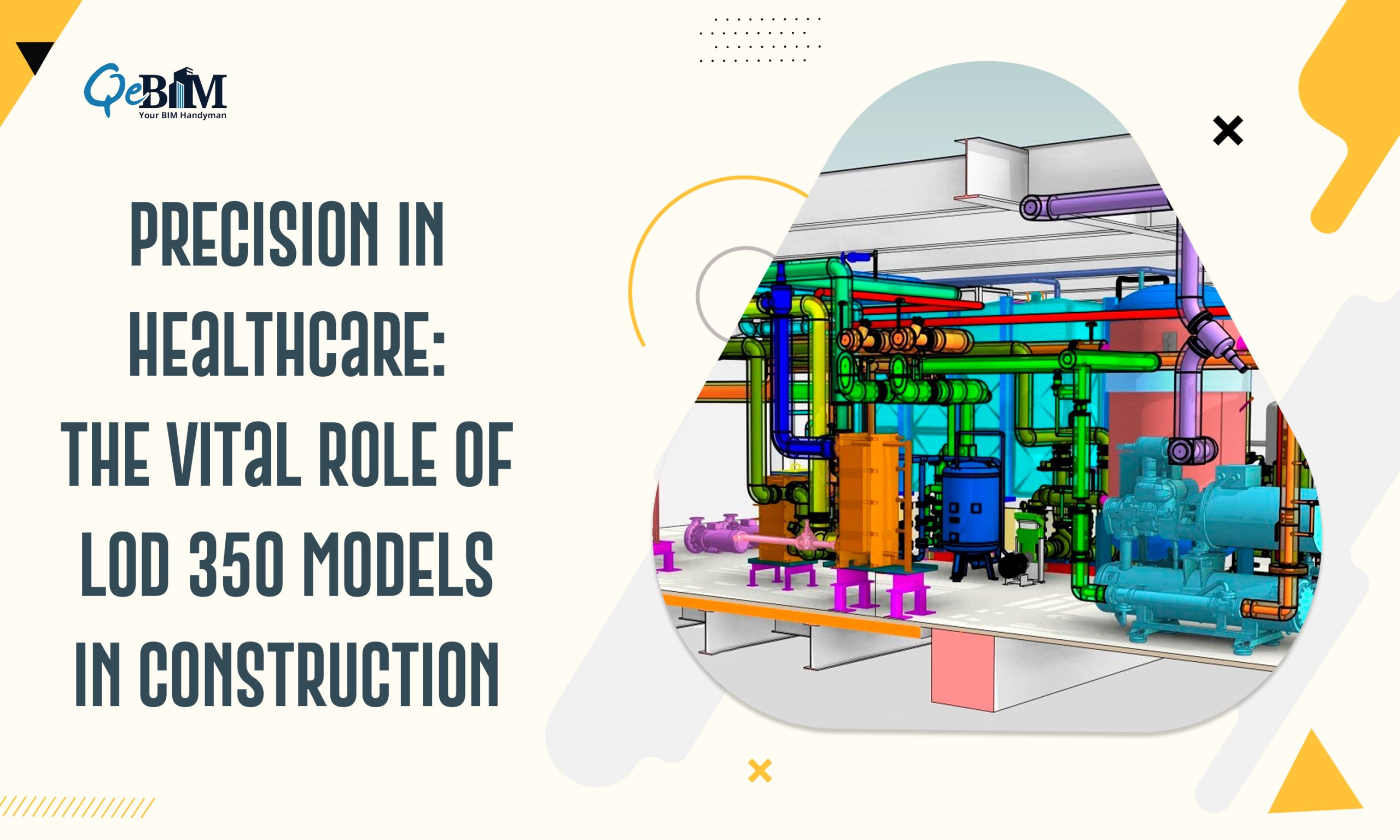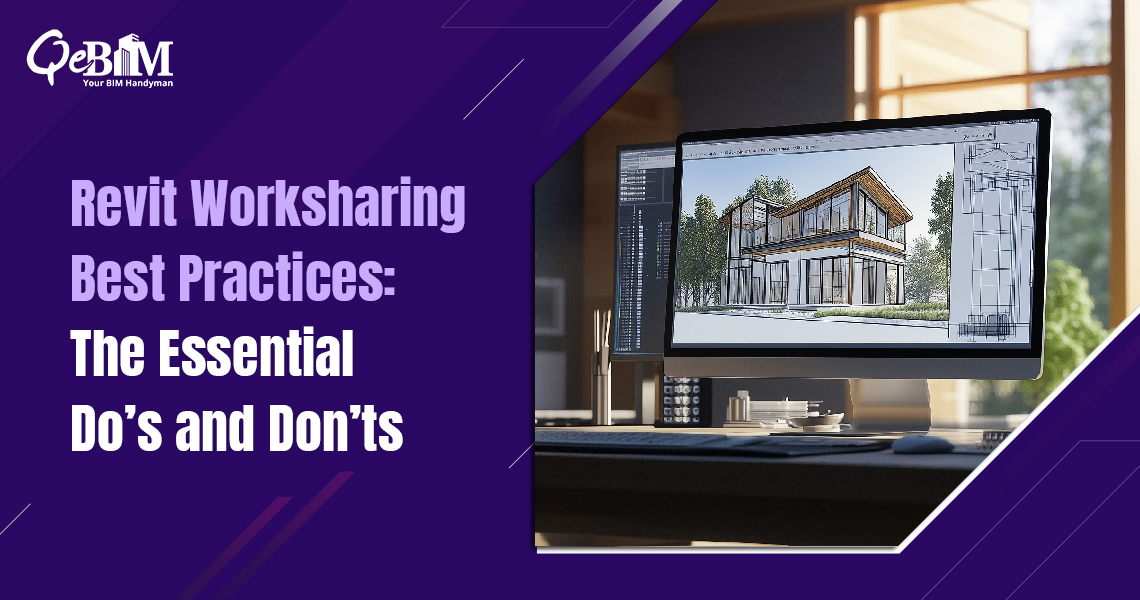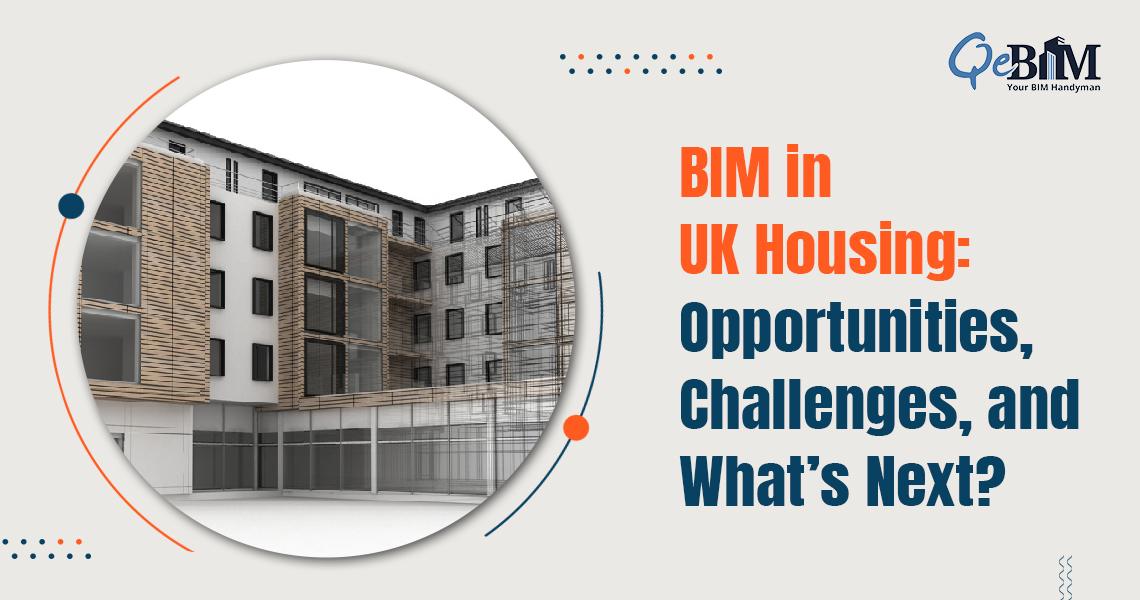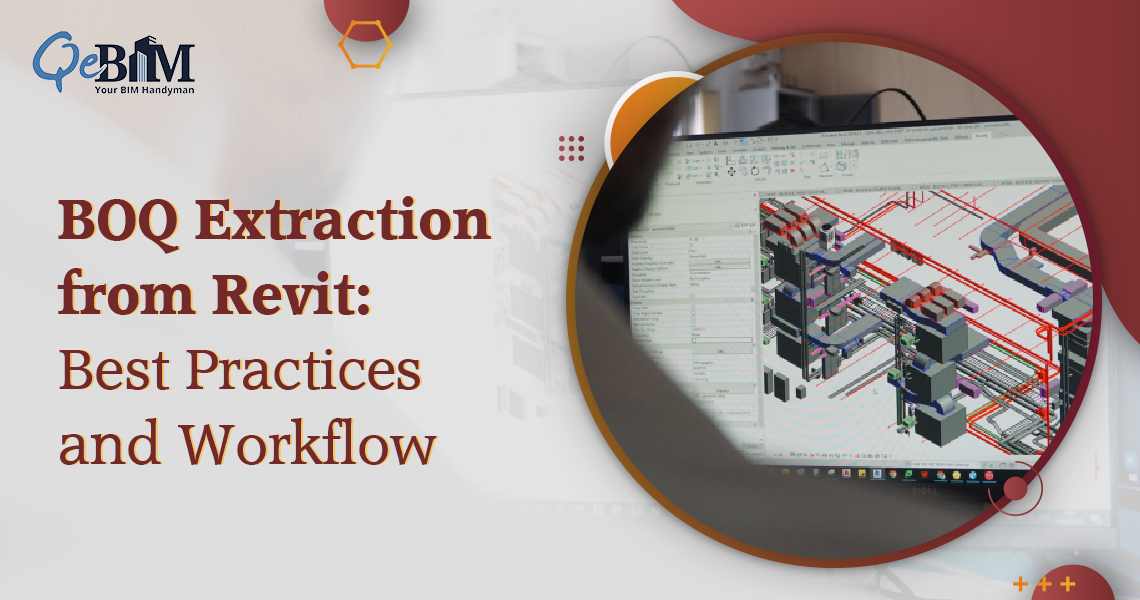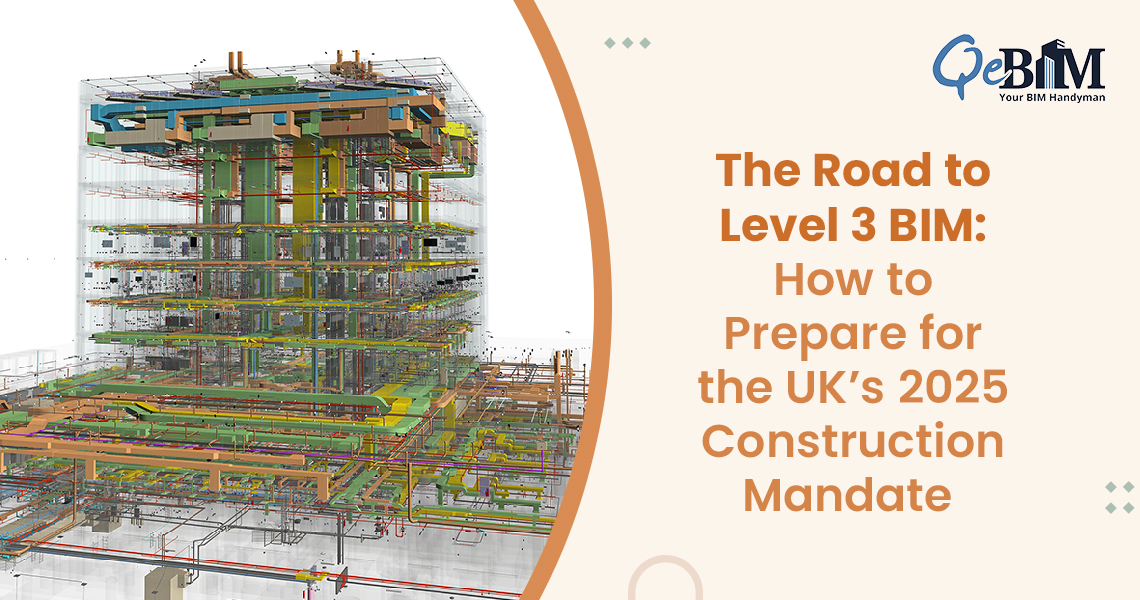Introduction:
In the healthcare domain, where accuracy and precision carry profound significance, leveraging cutting-edge technology becomes paramount. Architectural BIM Services has emerged as a revolutionary tool in the construction and project management domain, and within this context, LOD 350 models stand out as a game-changer.
In this blog post, we’ll delve into the critical reasons why healthcare projects, in particular, should adopt an LOD 350 model at a minimum. But first let’s understand what exactly is LOD and the various types of LOD in detail.
Understanding LOD (Level of Development):
LOD, or Level of Development, is a framework within the BIM process that defines the extent to which a model element’s geometry and data have been developed. It acts as a guide for project stakeholders, providing a clear understanding of the level of detail and accuracy associated with different components throughout the project life cycle. LOD is typically categorized into different levels, ranging from LOD 100 to LOD 500, each representing a specific stage of development.
Types of LOD:
- LOD 100 – Conceptual Design:
- LOD 100 models represent the most basic level of development, typically used during the conceptual design phase.
- Geometric representations are generic and serve as placeholders for conceptual understanding.
- This level is more about spatial relationships than specific details.
- LOD 200 – Schematic Design:
- LOD 200 models advance beyond the conceptual stage, providing a more defined representation of building elements.
- The geometry becomes more specific, allowing stakeholders to visualize the overall form and layout of the project.
- However, specific details and properties are still limited at this stage.
- LOD 300 – Detailed Design:
- LOD 300 models are crucial for detailed design and documentation phases.
- Geometric representations are highly accurate, including specific dimensions, shapes, and relationships.
- These models are instrumental in detecting clashes and facilitating coordination among various project elements.
- LOD 350 – Construction Documentation:
- LOD 350 models take the detailed design a step further, incorporating information essential for construction documentation.
- These models include precise data about each building element, such as size, location, quantity, and orientation.
- Clash detection and coordination are highly effective at this level, reducing errors during the construction phase.
- LOD 400 – Fabrication and Assembly:
- LOD 400 models are geared towards the fabrication and assembly phase, providing information required for manufacturing or construction off-site.
- This level includes specific data related to fabrication, assembly, and detailing of individual components.
- The emphasis is on streamlining the construction process by offering comprehensive information.
- LOD 500 – As-Built Documentation:
- LOD 500 represents the highest level of development, focusing on as-built conditions.
- Models at this level provide accurate as-built information, reflecting the final state of the constructed facility.
- These models are essential for facility management and future renovations.
Application of LOD 350 in Healthcare Projects:
Now that we’ve explored the types of LOD, it’s evident that LOD 350, with its emphasis on construction documentation and coordination, is particularly crucial for healthcare projects. The detailed information embedded in LOD 350 models ensures precision, minimizes errors, and sets the foundation for effective facility management.
Let us still get a much deeper insight as to why LOD 350 and above should be used for healthcare projects by the BIM Company.
LOD 350: The Catalyst for Seamless Healthcare Projects
1) Precision in Design and Construction:
Healthcare facilities are complex ecosystems where every detail matters. From the arrangement of patient rooms to the complex web of utility systems, precision is indispensable and non-negotiable. LOD 350 models provide a level of detail that goes beyond the basics, offering a comprehensive representation of elements such as mechanical, electrical, plumbing, and structural components. This precision ensures that the design and construction phases align seamlessly, reducing the likelihood of errors and ensuring that the final product meets the exact specifications required for optimal healthcare delivery.
2) Clash Detection and Coordination:
The healthcare environment is a maze of interconnected systems, and clashes or conflicts in design can have severe consequences. LOD 350 models facilitate clash detection and coordination by offering a detailed, three-dimensional representation of all project elements. This level of sophistication enables project teams to detect and address conflicts at an early stage in the design phase, averting expensive revisions during construction. For healthcare projects, where system interdependencies are intricate and critical, the ability to detect and rectify clashes is indispensable.
3) Enhanced Facility Management:
The lifespan of a healthcare facility extends far beyond its construction phase. LOD 350 models provide not only a comprehensive view of the building during the design and construction stages but also lay the foundation for effective facility management. By incorporating detailed information about each component and system, these models empower facility managers to streamline maintenance, optimize energy usage, and respond promptly to issues. This long-term perspective is particularly valuable in healthcare, where operational efficiency directly impacts patient care.
4) Accurate Cost Estimation:
In healthcare construction projects, budget constraints are commonplace, and accurate cost estimation is a critical factor in project success. LOD 350 models contribute significantly to this aspect by providing a high level of detail that allows for precise quantity takeoffs and cost calculations. The comprehensive information embedded in these models aids in developing accurate budgets, minimizing the risk of unexpected costs during construction. This level of cost certainty is invaluable in healthcare projects where financial resources are often allocated with utmost scrutiny.
5) Regulatory Compliance and Documentation:
The healthcare sector is heavily regulated, with stringent standards and codes governing construction and operation. LOD 350 models serve as a robust documentation tool, ensuring that every element and system is compliant with industry regulations. This documentation not only streamlines the approval process but also establishes a thorough record for potential audits or modifications in the future. Given the critical nature of healthcare projects, adherence to regulatory requirements is non-negotiable, and LOD 350 models offer a reliable means of achieving and maintaining compliance.
6) Improved Collaboration and Communication:
Healthcare projects encompass a diverse array of stakeholders, encompassing AEC and healthcare professionals and also regulatory entities. Effective collaboration and communication among these diverse groups are imperative for project success. LOD 350 models provide a common platform that enhances communication by offering a visual representation that is easily understandable by all stakeholders. This visual clarity reduces misunderstandings and fosters a collaborative environment where each party can contribute their expertise to optimize the project outcome.
Conclusion:
In the domain of healthcare construction projects, where precision, efficiency, and compliance are paramount, LOD 350 models emerge as a non-negotiable asset. The level of detail and sophistication they bring to the table goes beyond traditional models, ensuring that every facet of the project is meticulously planned, executed, and managed. From design accuracy to clash detection, cost estimation, and regulatory compliance, the benefits of LOD 350 models are extensive and far-reaching. As healthcare continues to evolve, embracing technological advancements like BIM with LOD 350 models is not just a choice but a strategic imperative for delivering facilities that meet the highest standards of care.
